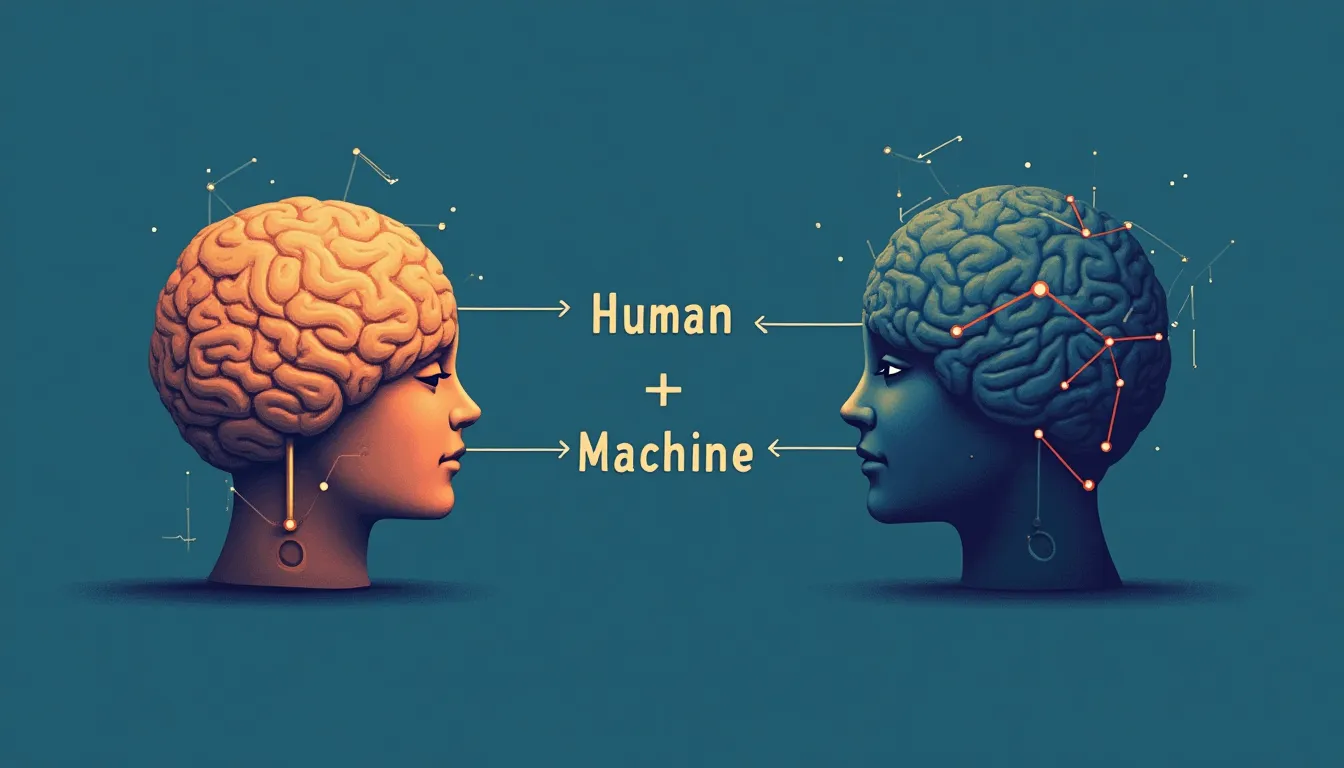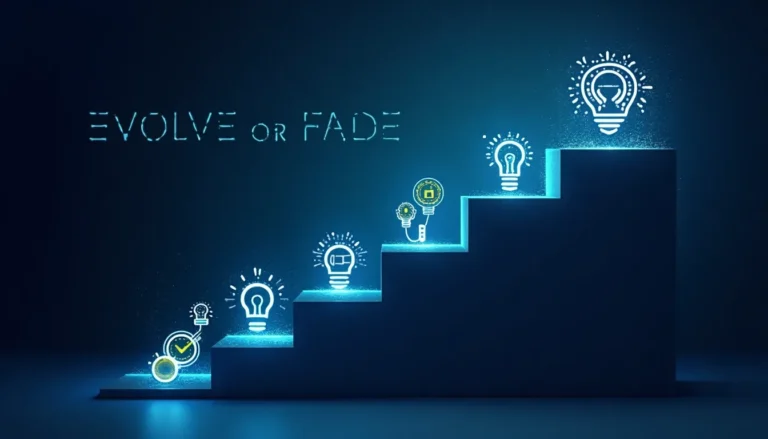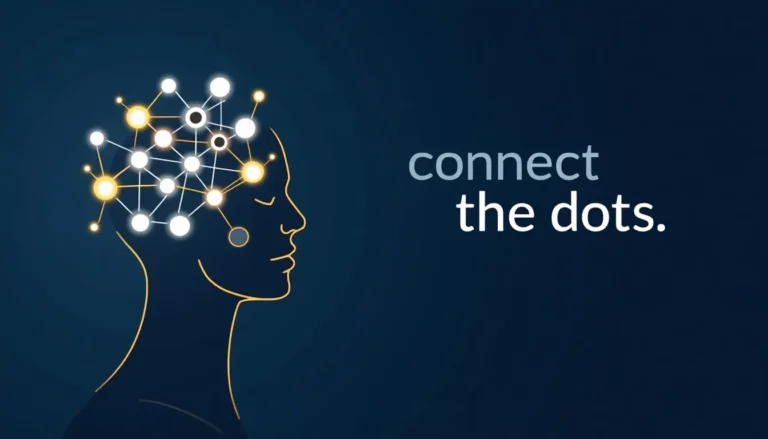We’re teaching machines to speak human.
But maybe we should be learning to speak machine.
The gap between human and artificial intelligence isn’t just about processing power or algorithms. It’s about communication.
We craft perfect prompts, fine-tune our inputs, and optimize our interactions. Yet we often miss the fundamental truth: AI speaks its own language.
It thinks in patterns, not stories.
It processes in vectors, not emotions.
It responds to precision, not ambiguity.
Learning to speak machine isn’t about mastering programming languages or understanding neural networks. It’s about developing a new kind of literacy.
It’s about:
– Thinking systematically
– Communicating precisely
– Understanding context boundaries
– Recognizing pattern relationships
The most successful AI users aren’t just prompt engineers. They’re translators between two worlds.
They know when to be specific and when to leave room for interpretation.
They understand both the power and limitations of machine thinking.
They can bridge the gap between human intention and machine execution.
As AI becomes more human-like, the temptation is to treat it as human.
Don’t.
Instead, embrace the machine-ness. Learn its language. Understand its perspective.
The future belongs to those who can speak both languages fluently.
Are you ready to become bilingual?



